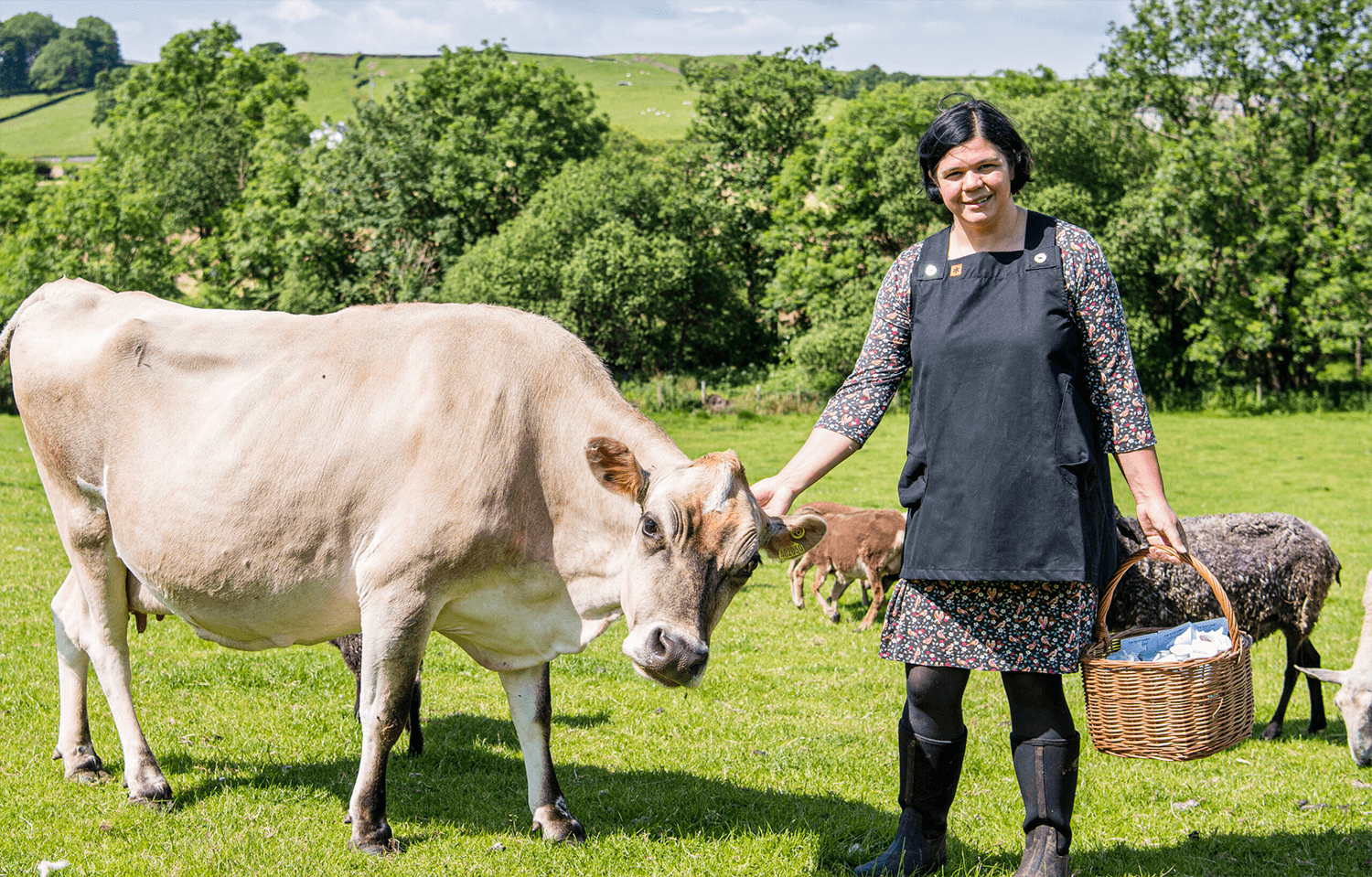
Meet the Maker – Maria Benjamin
Meet the Maker – Maria Benjamin How long have you been making soap? I started making soap with our excess Jersey milk in 2016. At

Why use milk for soap? The benefits of milk-based soaps.
The health benefits of drinking milk are well known and well documented. Cow’s milk contains high levels of calcium which helps us maintain healthy bones, essential vitamins and minerals that help our bodies repair and regenerate cells, as well as proteins and fats needed to provide energy. Perhaps it’s no surprise then that milk has been used for centuries for more than just drinking. Apparently, milk has been used historically to shine shoes, mend cracks in crockery, as a stain remover, a fertilizer for plants and to polish silverware with. Milk has been used as a cleansing agent throughout history and has even been used to soothe sunburn and insect bites. It’s not a big jump then to milk soap, which has grown in popularity recently as a natural alternative to mass produced soaps. Milk soap uses the natural saturated and unsaturated fats in milk to produce bar soaps that are deeply nourishing, gentle on sensitive skin and produce a wonderful lather for cleansing.
What is soap and what is it made from?
Soap is a type of cleansing agent that can be used on the skin, in households and commercial businesses for cleaning, as lubricants used by manufacturers and in industrial settings. Soap typically removes dirt and grime by separating them from the surfaces they appear on, allowing items to be rinsed and unwanted particles removed.
Soap is made by combining fatty acids with an alkali and follows a similar process to making detergents. Most modern soap contains palm oil, which is combined with an alkali such as lye to make hard bars of soap. Other chemicals are added to give scent, colour, and many are fortified with vitamins and minerals known for their particular health benefits. Lye is safe when used in small quantities but can be damaging in its concentrated form when it makes contact with the skin or is ingested.
Modern bar soaps tend to contain a variety of chemical preservatives that carry out different functions like hardening the soap or working as antimicrobials, but many of these can have side effects and may cause more harm than good, particularly on young or sensitive skin.
Making soap from milk uses the fatty acids in the milk, or lac, combined with natural oils such as rapeseed oil, rice bran oil and coconut oil and a salt to make bars of soap that are chemical free and a natural alternative to chemical filled soap. The cold press process maintains the helpful healthy natural ingredients in the milk ensuring that the soaps produced are packed with nutrients.
Different types of milk soap makers use.
Using milk to make soap harnesses the natural healing properties of milk for a super moisturising natural soap. Milk soap made using animal milks is obviously not suitable for vegans as it is made using animal products, but it is possible to buy milk soap from coconut milk, oat milk, rice milk or almond milk. You could even have a go at making it yourself.
We work on a farm, so we use the milks that are widely available to us which is mainly Jersey cow’s milk, sheep milk and goat’s milk.
There is some debate around whether raw milk, non-treated milk direct from the animal, or pasteurised milk, that is heat treated, is better for soap making. Whilst raw milk might contain slightly more of the natural vitamins and minerals than pasteurised milk, we prefer to work with pasteurised milk as it has been boiled to remove any harmful bacteria. Raw milk soap may potentially contain bacteria that could be dangerous if accidentally ingested. This is a risk we prefer not to take.
Where milk comes from.
Most of the milk we drink comes from cows. Dairy farms produce the vast majority of the milk we consume, although milk can also come from sheep, goats, buffalo, reindeer, moose, camels, horses, donkeys and yak. It is estimated that 6 billion people drink milk worldwide.
The milk we use comes from local Lake District farms, ensuring that the carbon footprint of our milk soaps is kept as low as possible.
Benefits of milk soap.
Cow’s milk, sheep milk and goat’s milk all contain high levels of important proteins, particularly casein and whey proteins, which have a range of antimicrobial, antioxidant, antibacterial and immunomodulatory properties. Basically, the milk used to make milk soap contains important cleansing agents which can help clean and rejuvenate our skin.
Also included in milk are;
• Vitamin D, A, B6 – helpful for repairing damaged skin cells, may smooth out fine lines and wrinkles, promotes healthy skin cell growth
• Lactic acid – a natural exfoliant and excellent for moisturization by removing dead cells from the skin
• Calcium – this mineral is found in our epidermis and helps to keep skin hydrated
• Selenium – a mineral known to strengthen cell membranes which is beneficial for more mature skin
The pH of milk soap is closer to our body’s pH than regular soaps, which tend to be more alkali and can dry skin out. Milk soap is more gentle than synthetic detergents, and potentially may be helpful to sufferers of skin condition such as eczema, psoriasis, acne and dry skin.
Weird milk facts.
1. Cleopatra used to bathe in milk! Apparently, it was the secret to her ever-youthful appearance.
2. Milk is the best sports drink you can have for muscle recovery after physical exertion due to its unique balance of proteins, fats, carbohydrates and electrolytes.
3. India is the country which produces the most milk, with almost 188 million tons produced each year.
4. The earliest evidence of soap making was found in clay cylinders in Babylon that date back to around 2800BC.
Sources
https://www.ncbi.nlm.nih.gov/pmc/articles/PMC8197926/
https://www.healthline.com/nutrition/goat-milk-soap-benefits#benefits

Meet the Maker – Maria Benjamin How long have you been making soap? I started making soap with our excess Jersey milk in 2016. At

Why use milk for soap? The benefits of milk-based soaps. The health benefits of drinking milk are well known and well documented. Cow’s milk contains

Handmade soaps, carefully crafted in the heart of the Lake District. Using locally sourced milk, we create nourishing natural soaps which are kind to both our bodies and our planet.
Designed By : We Are Digital